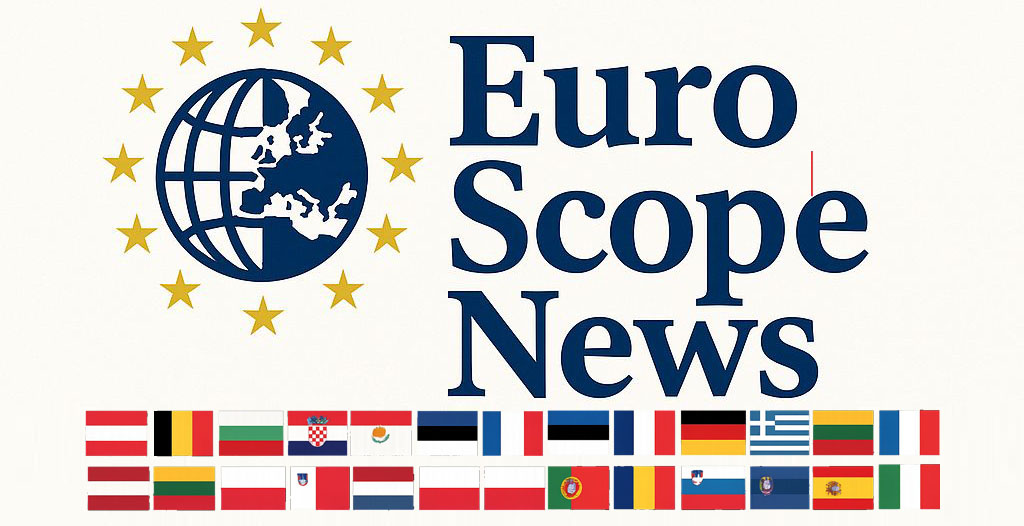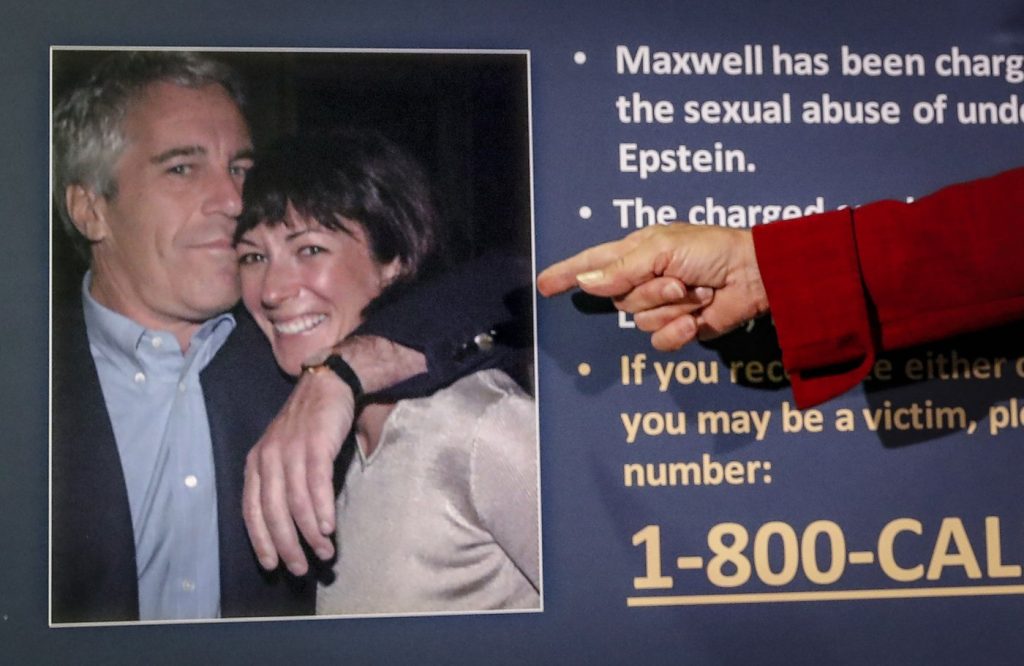The rise of AI-generated content has significantly blurred the lines between genuine and fake videos. While there are methods to identify manipulated material, discerning authenticity has become increasingly challenging. One of the primary tools employed in this fight against misinformation is watermarking, which is a digital stamp placed on videos to signify that they’ve been altered or generated by AI. However, recent advancements in technology have enabled the removal of these watermarks, possibly without leaving any traces. This advancement raises critical questions regarding the enforcement of regulations designed to manage AI-created content.
In a recent discussion, host Mike Eppel engages with Andre Kassis, a PhD candidate in computer science at the University of Waterloo, and Angus Lockhart, a senior policy analyst at 'The Dais' affiliated with Toronto Metropolitan University. The panel dives into the existing safeguards aimed at ensuring that AI-produced content is accurately labeled. They delve into the implications of these regulations, exploring how effectively they are implemented and who holds accountability if those established guidelines are disregarded.
The conversation centers around the importance of transparency in digital content. As artificial intelligence grows more sophisticated, the potential for misuse rises correspondingly. For instance, deep fakes and other AI-generated videos can realistically imitate real people, making it necessary for audiences to critically assess what they see. Hence, the ability to trace or identify the origin of such content is becoming increasingly vital.
Watermarking, while beneficial, is not foolproof. Technologies that allow the removal of such markers pose a significant challenge for regulatory bodies. The insights from Kassis emphasize the technical aspects of watermarking. He explains that, while it may serve as an initial line of defense, the ability to circumvent this protective measure complicates matters for platforms trying to maintain integrity in their content. This raises significant concerns regarding the enforcement of standards and the responsibility of content creators.
Lockhart adds another layer to the discussion by focusing on policy implications. He highlights that clear regulations are essential for accountability, especially as users increasingly rely on digital platforms for information. If AI-generated materials can easily evade detection methods, establishing clear guidelines that outline the responsibilities of creators and disseminators becomes critical. The implications of failing to do so could lead to widespread misinformation, further eroding trust in digital media.
The conversation also touches upon the ethical considerations surrounding AI technologies. As more individuals and organizations leverage AI for content creation, it becomes essential to ensure that these tools are used responsibly. With inadequate oversight or accountability, the potential for harm grows substantially, especially when manipulated content spreads misinformation or impacts public perception.
As the discussion concludes, the exploration of the balance between technological advancement and ethical responsibility remains at the forefront. The complexity of identifying AI-generated content, coupled with the evolving capabilities of technology, demands that both technical solutions and sound policies be developed simultaneously. This dual approach may offer the best chance at maintaining the integrity of digital media in an age increasingly dominated by AI.












